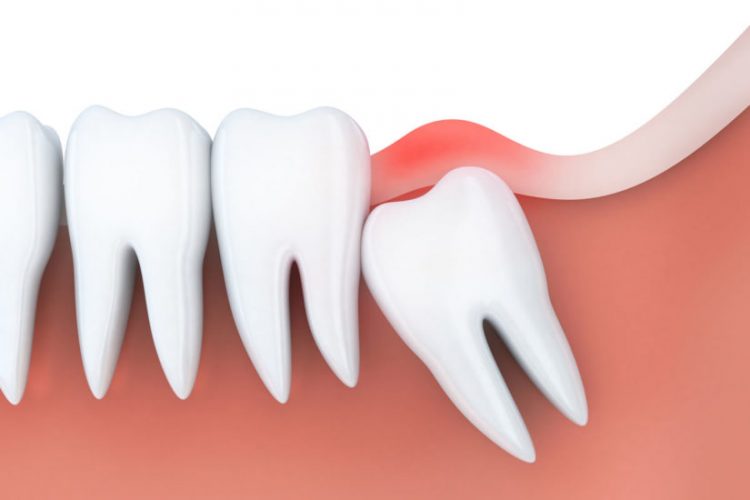
Individuals develop the wisdom tooth between the ages of 17-25 or maybe late in some individuals. These teeth are also known as ‘third molars’ and are the last to erupt in the teeth line. The ‘wisdom teeth’ term comes from the 17th century, wherein it was believed that the child attains maturity.
Wisdom teeth extraction:
A typical human jaw has space to accommodate 32 teeth in a row. However, at times people have lesser space to accommodate more than 28 teeth. In such a condition, the molar usually comes out in an awkward direction. It can cause a variety of problems including pain in adjacent teeth and gums, poking against teeth and infection or irritation in the cheeks and gums. In severe conditions, this can lead to jaw cyst as well. There can be swelling too that can cause further irritation. Extraction is the best treatment to prevent such problems. The problem can occur in both upper and lower wisdom teeth. However, upper wisdom teeth extractions are less complex than the lower ones.
How will the dentist identify the need for extraction?
This is where regular dental checkups play a vital role. The dentist keeps a keen eye on your dental growth. Most of the times, the wisdom tooth comes out and settles very easily. However, if there might be a problem, the dentist can assess it well before in time. If you feel a toothache or inflammation, you must contact experts at Good dentist, we will perform an x-ray to find out the exact cause and accordingly advise a solution.
The procedure of wisdom tooth extraction:
The procedure usually involves the use of local anesthesia before extraction. As soon as the area is numb, the extraction is performed. It is a pain-free procedure and can be done within a few minutes. In most of the cases, the procedure can be performed on a dental chair, however, if the conditions are severe, you will have to visit an oral surgeon for the further consultation.
Other related problems with Wisdom tooth:
Pericoronitis is a common problem associated with a wisdom tooth. In this condition, the tooth grows with the gum tissues covering it throughout. It is a painful condition wherein the gum is swelled and has inflammation.
Recovery after Wisdom tooth extraction:
As they are the third molars, they are bigger than most of the teeth. After extraction, the dentist might close up the cavity by stitching. The stitches take some time to heal, a few days after removal might be painful and there can be some bleeding too.
